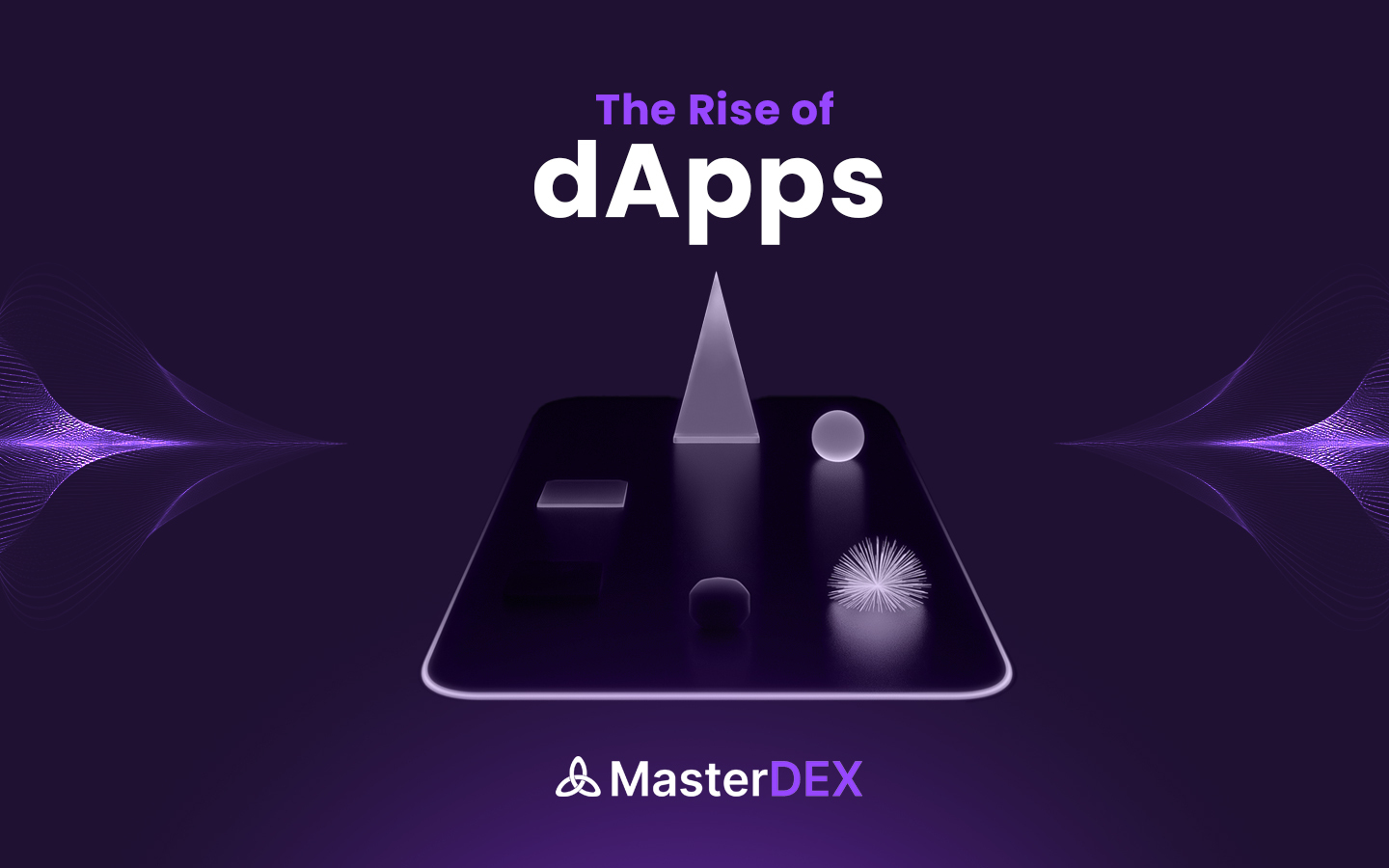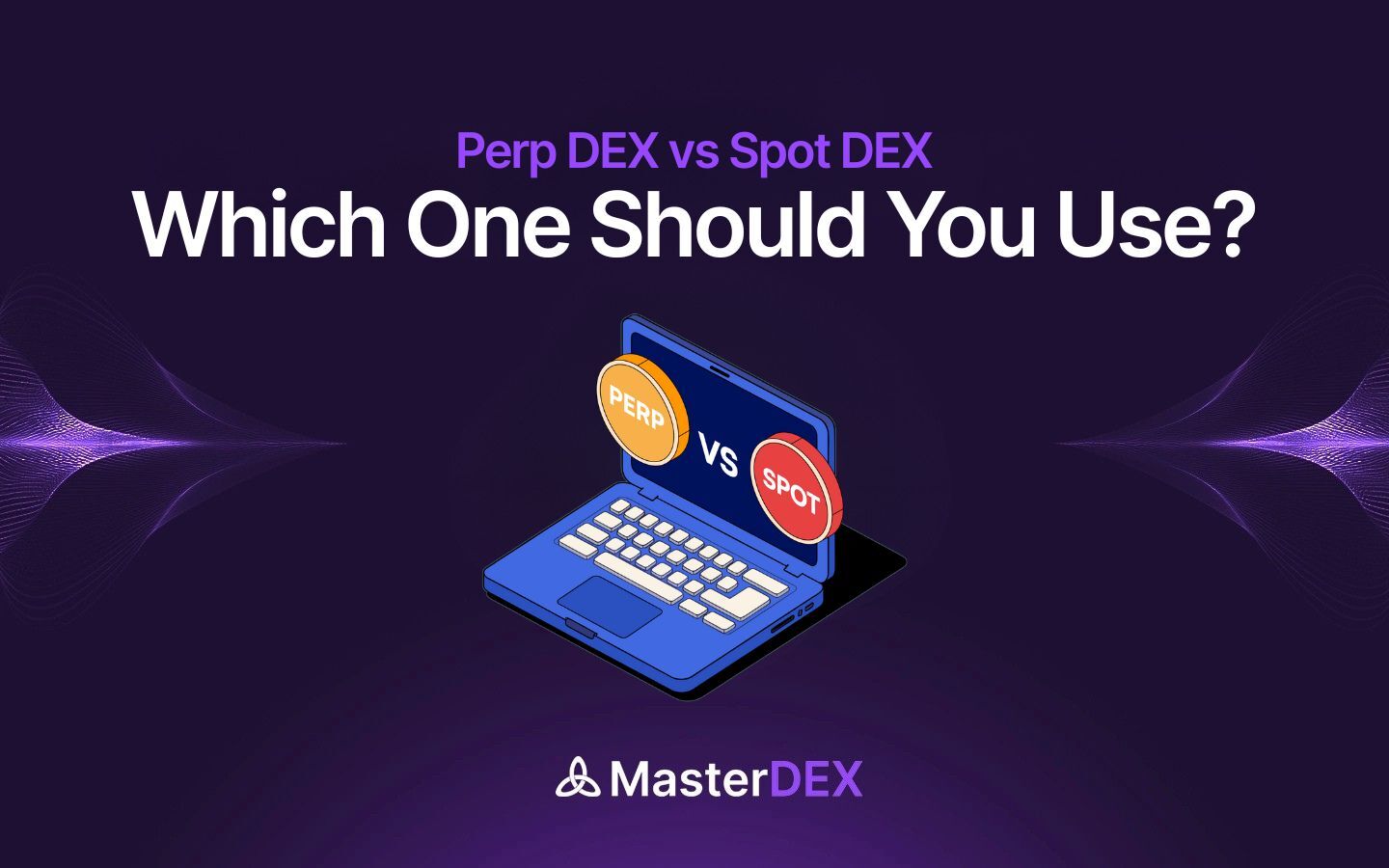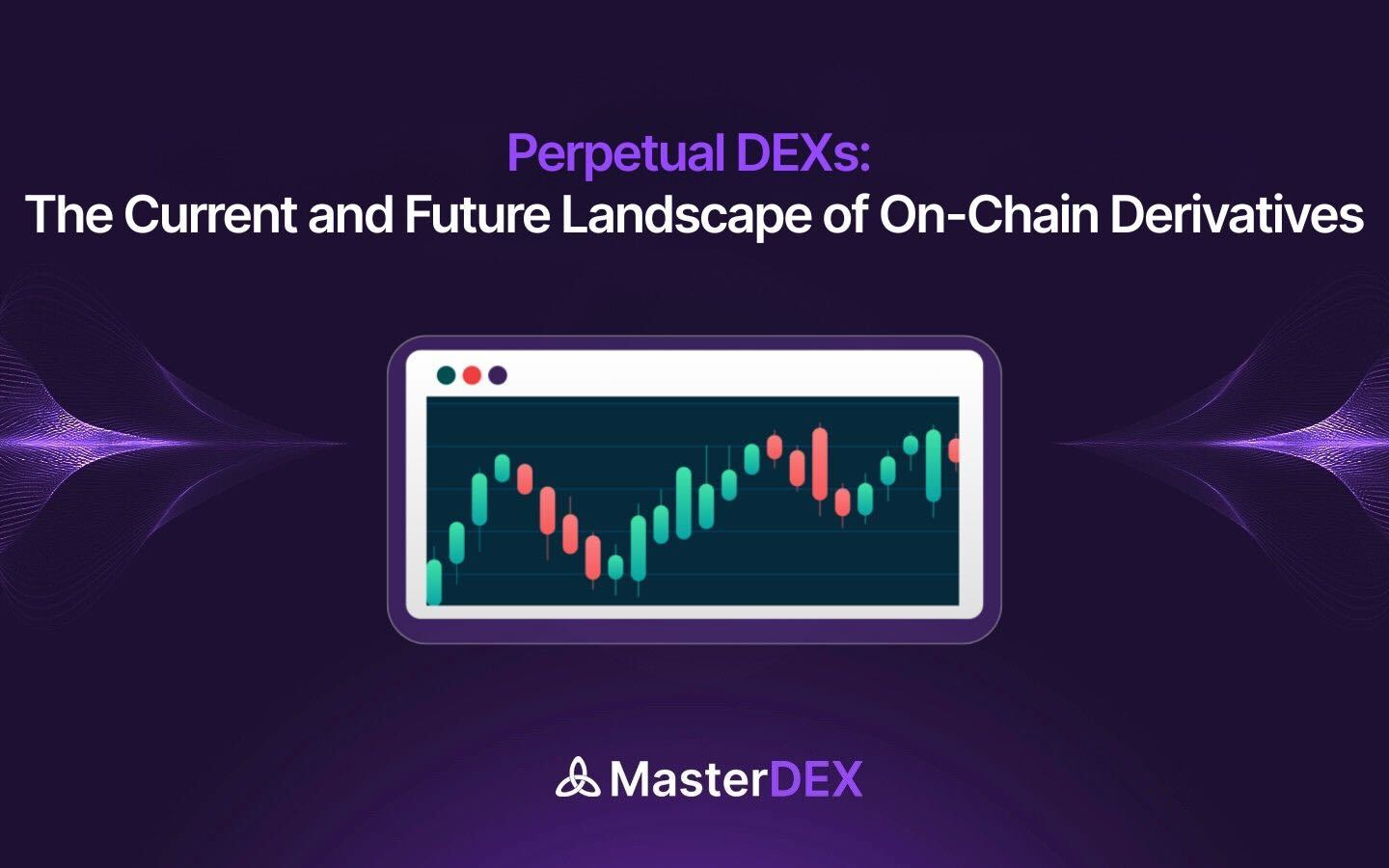Table of Contents:
ToggleWhat Exactly Are dApps?
Decentralized applications, commonly referred to as dApps, are digital programs or software systems that run on a decentralized network like a blockchain rather than being hosted on centralized servers. This characteristic alone introduces a fundamental shift in how we understand control, governance, and security within digital environments. By leveraging distributed ledger technologies (DLTs), dApps operate without a single point of failure and are governed collectively by the participants of the network rather than a central authority.
Typically developed on platforms like Ethereum, dApps can serve a multitude of functions—from financial services (DeFi) and gaming to social media and identity verification systems. The open-source nature of many dApps ensures transparency and fosters innovation by enabling developers to build upon existing protocols. Their usage spans from secure digital wallets and cryptocurrency exchanges to immersive gaming environments and decentralized social platforms.
To better understand, consider how traditional web applications like Uber or Twitter function. These apps rely on centralized servers maintained by companies that control data access, user privacy, and app functionality. dApps, on the other hand, operate through blockchain and P2P networks where users interact directly with smart contracts and store data transparently on the blockchain, thereby minimizing the control of any single authority.
How Do Blockchain dApps Work?
The fundamental architecture of a dApp is based on decentralized infrastructure. Instead of depending on centralized servers, a dApp utilizes nodes—a distributed network of computers—to validate and record data. This decentralized model ensures that data is not only secure and immutable but also resistant to censorship.
A critical component of dApps is the use of smart contracts. These are self-executing pieces of code deployed on the blockchain that automatically perform tasks when predetermined conditions are met. For instance, in a decentralized finance (DeFi) app, a smart contract might automatically transfer funds between users once a trade is agreed upon. Because smart contracts execute operations autonomously and transparently, they eliminate the need for intermediaries.
Users interact with dApps through interfaces such as web or mobile applications. While the backend of the app is decentralized, the frontend is built using standard web technologies. These interfaces are connected to the blockchain via Web3 libraries like Web3.js or Ethers.js, enabling users to send transactions and call smart contract functions securely.
This integration of smart contracts, decentralized storage, and user interfaces forms the basis of what makes dApps functionally distinct from their traditional counterparts.
How Do dApps Differ from Traditional Apps?
1. Architecture and Governance
Traditional applications are hosted on centralized servers managed by a specific company or authority. All control lies within a singular organization, including data storage, user access, and decision-making. dApps, in contrast, are deployed on decentralized networks where governance is shared among users and enforced through consensus protocols.
2. Data Ownership and Control
In conventional apps, user data is stored on the company’s servers, raising privacy concerns and risks of data breaches. dApps give users ownership over their data, as all records are stored on the blockchain and accessible only through users’ private keys.
3. Transparency and Trust
The closed-source nature of traditional apps often makes it difficult for users to verify how their data is being used. dApps are generally open-source, meaning their code is publicly accessible and auditable. Blockchain’s immutable ledger ensures that all transactions are transparent and verifiable.
4. Security and Resilience
Centralized systems are vulnerable to hacking, censorship, and outages. dApps provide enhanced security by distributing data across a network of nodes, making them highly resistant to tampering or shutdown.
5. Cost Structure
Traditional apps may require ongoing fees, subscriptions, or ad revenue. dApps often have lower operational costs due to automation through smart contracts and reduced need for intermediaries. However, users may still incur blockchain transaction fees (gas fees).
6. Monetization and Incentives
While traditional apps monetize through ads or premium services, dApps frequently incorporate native tokens for governance and usage. These tokens create aligned incentives among developers and users, encouraging community participation and platform growth.
| Feature | Traditional Apps | Decentralized Apps (dApps) |
| Control | Centralized | Decentralized |
| Data Storage | Central Servers | Distributed Ledger (Blockchain) |
| User Autonomy | Limited | High |
| Transparency | Opaque | Transparent |
| Security | Vulnerable to Central Failures | Enhanced via Cryptography and Consensus |
| Monetization | Ads, Subscriptions | Token-based Economies |
Advantages of dApps
Decentralized applications come with a host of unique benefits that stem directly from their blockchain-based architecture. From lowering costs and improving security to enabling global access and empowering users, these advantages are what make dApps a powerful alternative to traditional apps.
Cost and Efficiency
Because dApps operate without intermediaries, they streamline interactions and lower costs. For example, in finance, users can lend, borrow, or trade assets directly without needing banks or brokers. This shift drastically reduces fees and enables financial inclusion for users in underbanked regions.
Security
By utilizing the blockchain’s inherent security model—cryptography, consensus mechanisms, and immutable ledgers—dApps provide a secure environment for storing and processing data. Smart contracts ensure that transactions are executed only when conditions are met, reducing the risk of fraud.
Accessibility
One of the defining features of dApps is their global accessibility. Anyone with an internet connection and a digital wallet can access dApps, participate in governance, trade assets, or utilize services, regardless of geographical location or socioeconomic status.
Transparency
Transactions and smart contract interactions are recorded on the blockchain and visible to all participants. This transparency fosters trust among users, allowing them to verify platform behavior and historical data without relying on a central authority.
User Empowerment
With control over their keys and data, users enjoy greater autonomy in how they interact with dApps. Unlike centralized services, which can ban accounts or censor content, dApps typically grant users full control over their activities and assets.
Challenges with dApps
Despite their many advantages, dApps face significant challenges that can hinder widespread adoption and usability.
Performance Overhead
To maintain high levels of decentralization and security, dApps often experience performance lags. Blockchain consensus algorithms, particularly Proof of Work, are computationally intensive, leading to slower transaction times and scalability issues.
Maintenance and Debugging
Unlike traditional apps, dApps are difficult to modify once deployed. Any updates or bug fixes require a coordinated consensus from network participants, which can be slow and complex. This rigidity can limit the flexibility needed for fast iteration and user feedback.
Scalability
Blockchain networks, particularly Ethereum, have struggled with scalability. High demand can result in network congestion, where transactions are delayed or become prohibitively expensive due to high gas fees.
User Experience
The complexity of interacting with dApps poses a barrier to entry for many users. Managing private keys, understanding wallet operations, and interacting with smart contracts require a learning curve that may deter non-technical users.
Centralization Risks
Ironically, some dApps end up reintroducing centralization through elements like frontend hosting or development teams. While the backend may be decentralized, the reliance on centralized components can undermine the core principles of a dApp.
Network Congestion
When a single dApp uses excessive computational resources, it can congest the entire network. For instance, if a dApp processes a high volume of transactions, it may slow down or block others waiting in the transaction queue, reducing overall network efficiency.
Popular dApps You Should Know
As the dApp ecosystem expands, several standout applications across different blockchains are demonstrating the real potential of decentralization. These projects vary in purpose—from trading and gaming to browsing and analytics—yet they all showcase the power and versatility of decentralized technologies. Here’s a closer look at some of the most impactful dApps currently shaping the future of Web3:
Uniswap
Uniswap is one of the most prominent decentralized finance (DeFi) applications built on the Ethereum blockchain. Launched in 2018, Uniswap introduced a revolutionary automated market maker (AMM) model that allows users to swap ERC-20 tokens directly from their wallets. This removes the need for centralized intermediaries and order books, allowing users to trade in a peer-to-contract model.
What makes Uniswap unique is its permissionless design and open-source codebase. Anyone can create a liquidity pool, list a token, or build a similar protocol using Uniswap’s code. It has contributed significantly to the growth of DeFi and currently holds billions of dollars in total value locked (TVL).
Pegaxy
Pegaxy (Pegasus Galaxy) is a play-to-earn (P2E) game built on the Polygon blockchain, designed to combine gaming with NFT-based ownership. In Pegaxy, players buy and race virtual horse NFTs called “Pegas,” which compete in PvP races for rewards in VIS, the in-game utility token.
What sets Pegaxy apart is its dual-token model, featuring both a utility token (VIS) and a governance token (PGX), along with advanced breeding and rental mechanics. Players can breed Pegas to expand their collection or rent them out to others for a share of the winnings, turning gaming into a passive income stream.
Raydium
Raydium is a decentralized exchange (DEX) and automated market maker (AMM) on the Solana blockchain. It is known for its ultra-fast transactions and low fees, taking full advantage of Solana’s scalability. Raydium is integrated with Serum, Solana’s central limit order book DEX, allowing it to access deeper liquidity and provide better price execution.
Its user-friendly interface supports advanced trading features such as limit orders and real-time charting tools. This blend of speed, cost-efficiency, and functionality makes Raydium a cornerstone of the Solana DeFi ecosystem.
Brave Browser
Brave Browser is a privacy-centric blockchain browser that eliminates intrusive ads and trackers while rewarding users with Basic Attention Tokens (BAT). It allows users to control their data and choose to view ads in exchange for BAT, which they can use to support content creators or redeem for rewards. In 2021, Brave announced a partnership with Solana to make Solana the default blockchain for dApp integration. This partnership positions Brave as a gateway for mainstream users to access Web3 services through a familiar browsing experience.
Apart from these, MasterDEX is a next-generation decentralized exchange designed to enhance the DeFi experience by combining AI-driven analytics with multi-chain support. Built with a strong emphasis on user experience, MasterDEX allows users to trade, analyze, and manage crypto assets across multiple blockchains seamlessly. In addition to basic token swaps, MasterDEX offers tools for portfolio monitoring, advanced trading insights, and integration with decentralized rewards hubs. Its intuitive design, cross-chain interoperability, and community-driven roadmap make it one of the most promising DeFi platforms to watch.
Real-World Use-Cases of dApps
Beyond finance and trading, decentralized applications are being adopted in various industries to solve long-standing issues related to transparency, efficiency, security, and accessibility. Whether it’s for healthcare or education, dApps are disrupting traditional workflows and offering new models that empower users and reduce reliance on centralized institutions. Below are some of the most practical and transformative real-world applications of dApps:
Financial Services
Many dApps focus on financial applications, including lending, borrowing, trading, and insurance. Platforms like Aave, Compound, and Uniswap allow users to engage in complex financial transactions without banks or centralized authorities, opening up DeFi to anyone with a crypto wallet.
Supply Chain Management
dApps are being used to increase transparency in supply chains. By recording transactions on the blockchain, stakeholders can track goods in real time, verify authenticity, and reduce fraud. This is especially useful in sectors like pharmaceuticals and luxury goods.
Identity Verification
dApps facilitate secure and decentralized identity systems that give users control over their personal information. Instead of trusting a central authority, users manage and share their data selectively using blockchain credentials.
Real Estate
Blockchain-based dApps are transforming real estate by enabling tokenized property ownership, smart contracts for sales agreements, and transparent records of ownership transfers—all without brokers or paperwork.
Healthcare
In healthcare, dApps are being developed to securely store and share patient data across providers. Blockchain’s immutable ledger ensures that medical records are tamper-proof and accessible only with patient consent.
Education
Educational dApps enable decentralized learning platforms that reward learners with tokens and allow secure credential verification. These platforms support global access to learning materials without reliance on traditional institutions.
Social Media and Content Platforms
dApps like Lens Protocol and Minds are pioneering decentralized social media. These platforms empower users to control their content, monetize directly, and avoid censorship.
Predictive Markets
Platforms like Augur allow users to create and trade on prediction markets. These dApps utilize blockchain to ensure transparent and tamper-proof outcomes for betting on events.
Conclusion: The Future of dApps
The decentralized application ecosystem is evolving rapidly. What started as experimental code has now become a foundation for the next era of the internet—Web3. With their ability to remove intermediaries, ensure privacy, and enable global participation, dApps are redefining how people interact with digital services.
The market outlook for dApps is extremely promising. According to Business Research Insights, the global dApp market was valued at $30 billion in 2024 and is projected to grow to $142.2 billion by 2033, at an impressive CAGR of 18.5%. Moreover, DappRadar’s Q1 2025 report highlights over 24 million daily unique active wallets interacting with dApps, emphasizing the expanding user base and adoption.
Emerging trends such as AI integration, tokenized real-world assets (RWAs), and cross-chain compatibility are pushing the dApp space into new domains. As infrastructures become more scalable and user-friendly, the barrier to entry for dApps will lower, paving the way for mainstream adoption.
In summary, dApps are not just a technological trend—they represent a fundamental shift toward a decentralized digital world. As this shift continues, dApps will likely become as commonplace as mobile apps are today, empowering users with transparency, autonomy, and new economic opportunities.



